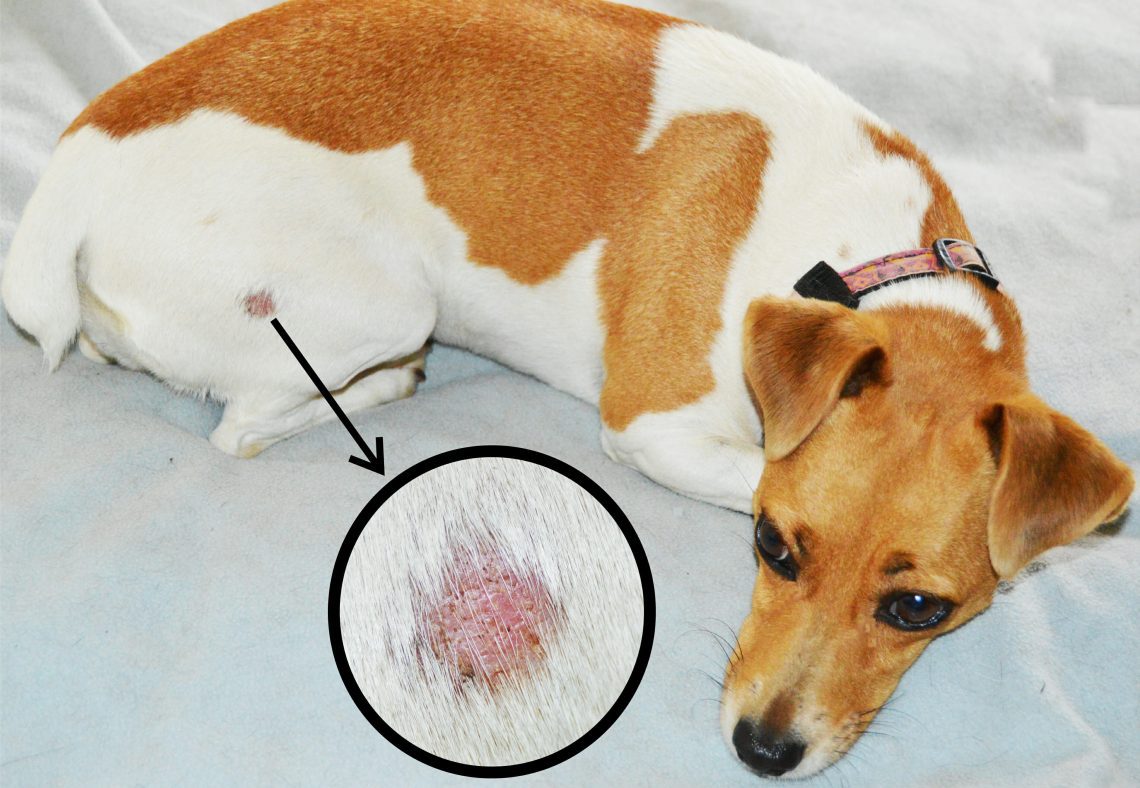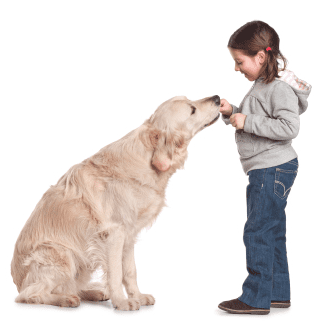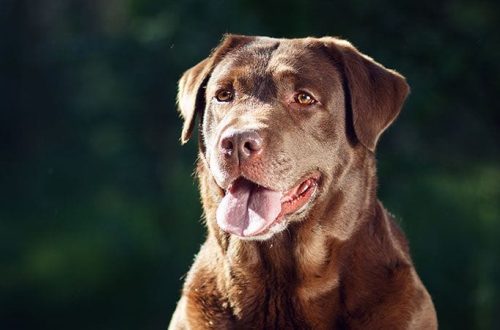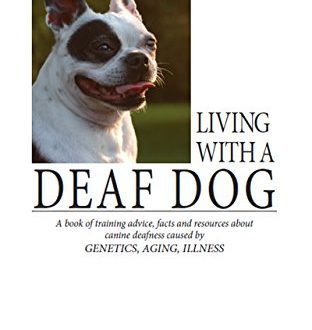
Рингворм код мачака и паса
Lichen in dogs and cats is a very common disease. Consider the signs of depriving a pet and methods of treatment.
Садржај
What is deprive?
What everyone used to call ringworm in animals has another name – dermatophytosis. These are fungi that parasitize the skin and hair of animals and humans. The most common genera are Microsporum and Trichophyton. And the name “ringworm” appeared because of the characteristic appearance of the surface of the wool damaged by the fungus – in the process of growth and spread of the fungus, the hairs break off at a distance of several millimeters from the skin, as if the animal had been cut off a tuft of wool.
Узроци појаве
Infection with lichen in domestic animals occurs through contact with sick individuals of cats, dogs, rodents, hedgehogs and other animals; from contaminated care items or the environment. Fungal spores can persist in the environment for a long time and spread easily. The manifestation of the disease is facilitated by skin damage – bites, scratches, scratches, injuries during grooming, young age, decreased immunity due to or poor-quality living and nutrition conditions, viral, oncological, autoimmune diseases.
Симптоми и ток болести
Downstream, lichen can proceed latently (latently) or pass into an acute phase.
- The appearance of areas without wool of a round shape, may be the only one on the body of the animal, or multiple. At the same time, in long-haired animals, the hair may not fall out, or fall out without adhering to a round shape.
- The skin inside the spot may be reddened, with areas of peeling, crusts, both over the entire surface of the spot, and only along its edge.
- Most often, lesions are localized in the head, neck and paws, but can be on any part of the body.
- In dogs, occasionally, the causative agent of dermatophytosis can penetrate into the deep layers of the skin and then a kerion appears – a volumetric node raised above the skin, often accompanied by redness, itching, pain, with scabs, exudate, affected by other microflora.
Dijagnostika
Very often, pet owners mistake any redness or hairless skin for lichen. However, various skin diseases can have a similar picture, the treatment of which can be radically different. It is for the purpose of making the correct diagnosis that studies are prescribed:
- The simplest is LUM diagnostics using a Wood’s lamp. This is a routine method to which all homeless and suspected animals are subjected to lichen. When the light is off, the veterinarian examines with a lamp, and the affected areas glow bright green. It would seem – an excellent option for identifying the disease, however, not all types of lichen glow.
- Microscopy. The veterinarian plucks out a few hairs on the border of healthy skin and damaged area and examines them under a microscope. In this case, spores of the fungus can be detected.
- Another relatively new method is PCR. The wool is sent to the laboratory, and the pathogen and its specific species can be identified. Due to the relatively high cost of the method, it is not used so often.
- Sowing. This is a fairly lengthy method of diagnosis. The study takes 7-21 days. Using a brush, the animal is combed over a cup with a nutrient medium. Then they observe the growth of colonies, then take a part from it and examine it under a microscope. Cultures may also be needed to monitor treatment.
- Histology. In some cases, if a kerion or other type of neoplasm is suspected in dogs, a biopsy and tissue examination is performed.
Лечење и превенција
3 components of successful therapy:
- Environmental processing. To do this, use special smoke bombs with enilconazole. The floor and other surfaces can be treated with white. Replace sunbeds or wash at high temperature, treat with hot steam. Anything that can be destroyed is best destroyed and disposed of.
- Treatment of healthy animals. Pets without clinical signs, in the presence of an infected animal at home, also need to be treated. Enough local means that do not require rinsing: Liverazole, Lime Sulfur. You can also use shampoos with Miconazole and Ketoconazole, for example, human Sebazol. Just be sure to rinse it thoroughly.
- Animals with clinical signs should, in addition to local therapy, receive systemic drugs: terbinafine, ketoconazole or itraconazole tablets, always under the supervision of a veterinarian. If the pet has long hair, then to speed up recovery, you can cut it.
- Restrict the movement of the animal around the premises, in order to avoid the spread of spores over a larger area. Do not allow a sick pet to communicate with other animals, and at home, and especially on walks, do not visit crowded places, dogs, places of mass walking, dog playgrounds, training centers, pet stores.
- Observe the rules of personal hygiene, use gloves when handling and other contacts with the animal, wash your hands thoroughly.
- To avoid infecting a healthy animal, do not allow contact with apparently sick or stray animals, thoroughly clean your hands and clothes if you yourself have communicated with such an animal before touching your animal.
The course of therapy usually lasts at least three weeks, and the animal is considered healthy after 2-3 negative tests.
What is not recommended to treat pets for lichen
- Iodine, brilliant green, alcohol. With a high probability, this remedy will help, but there are also negative consequences in the form of skin burns from contact with alcohol.
- Ointment YM. Toxic to cats due to tar content.
- Vaccines. They have no proven effectiveness in the fight against dermatophytosis.
Now you know the enemy by sight. We hope that our advice will be useful to you.





